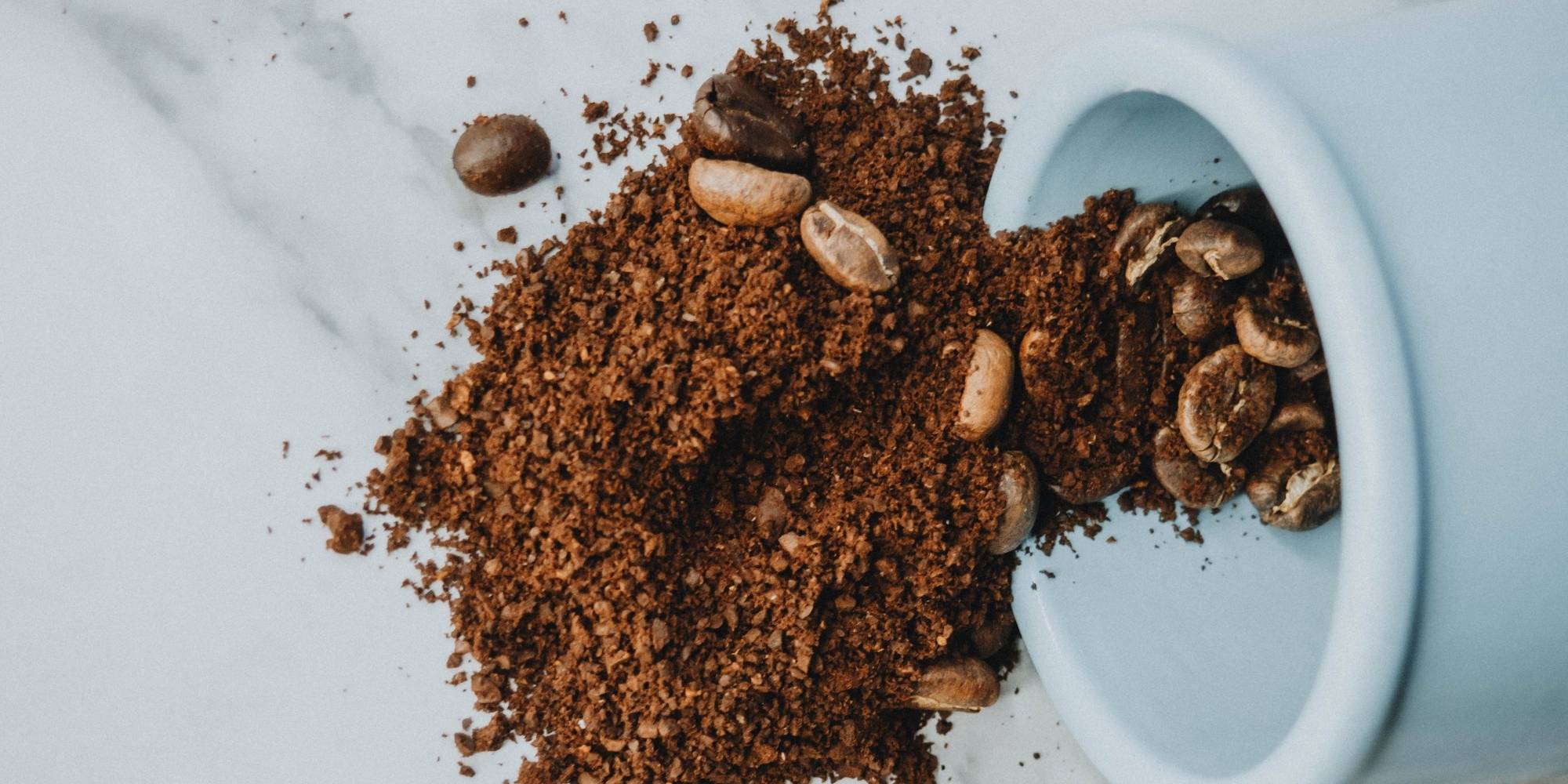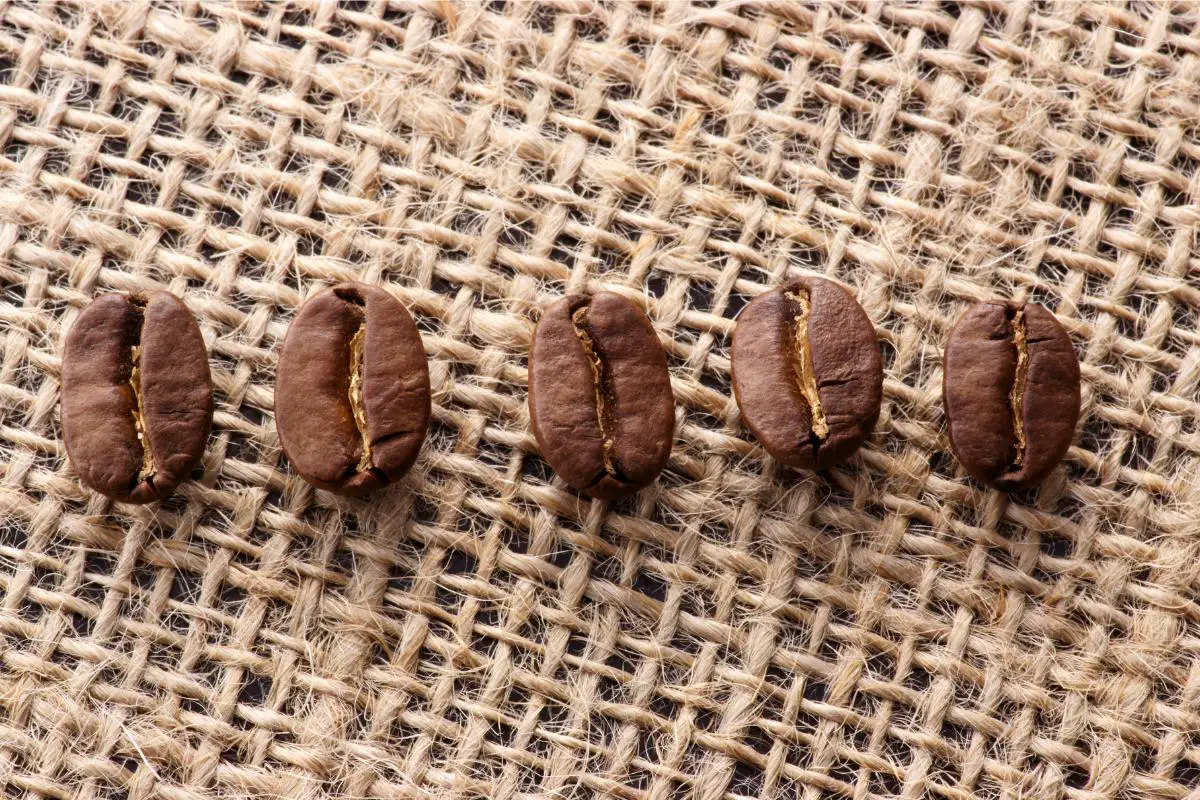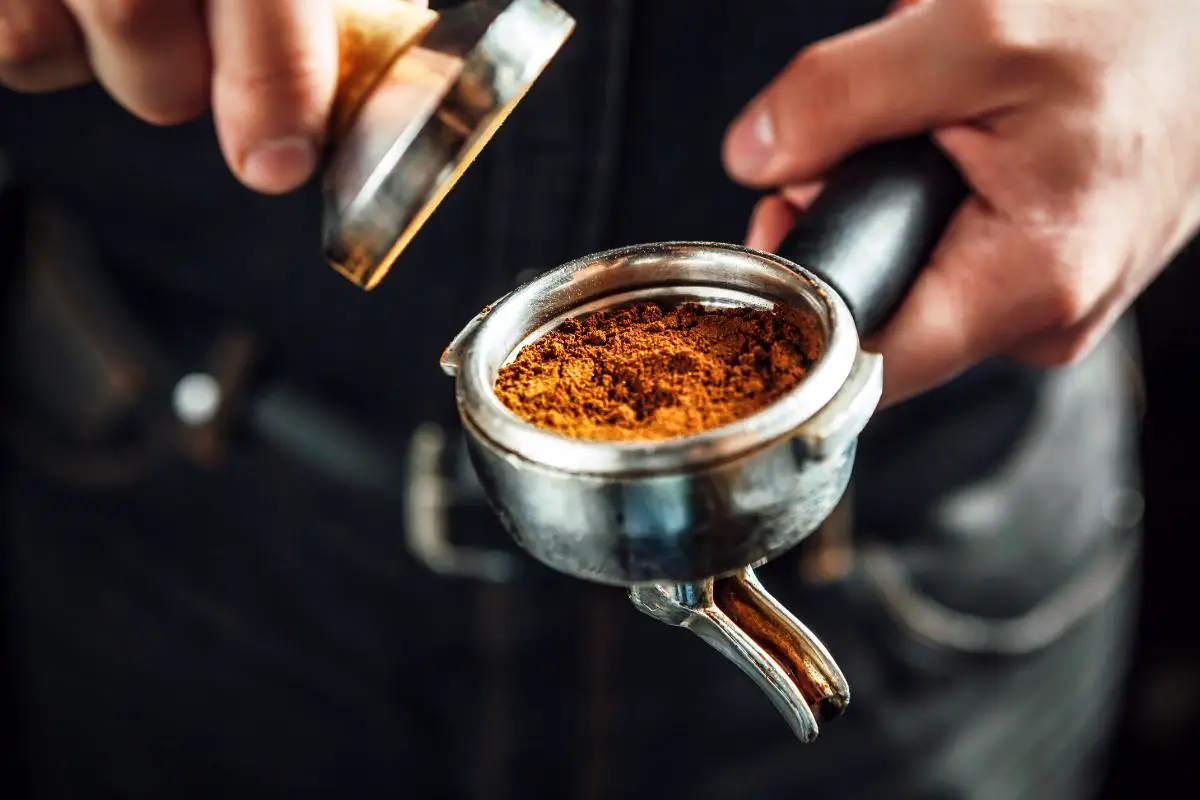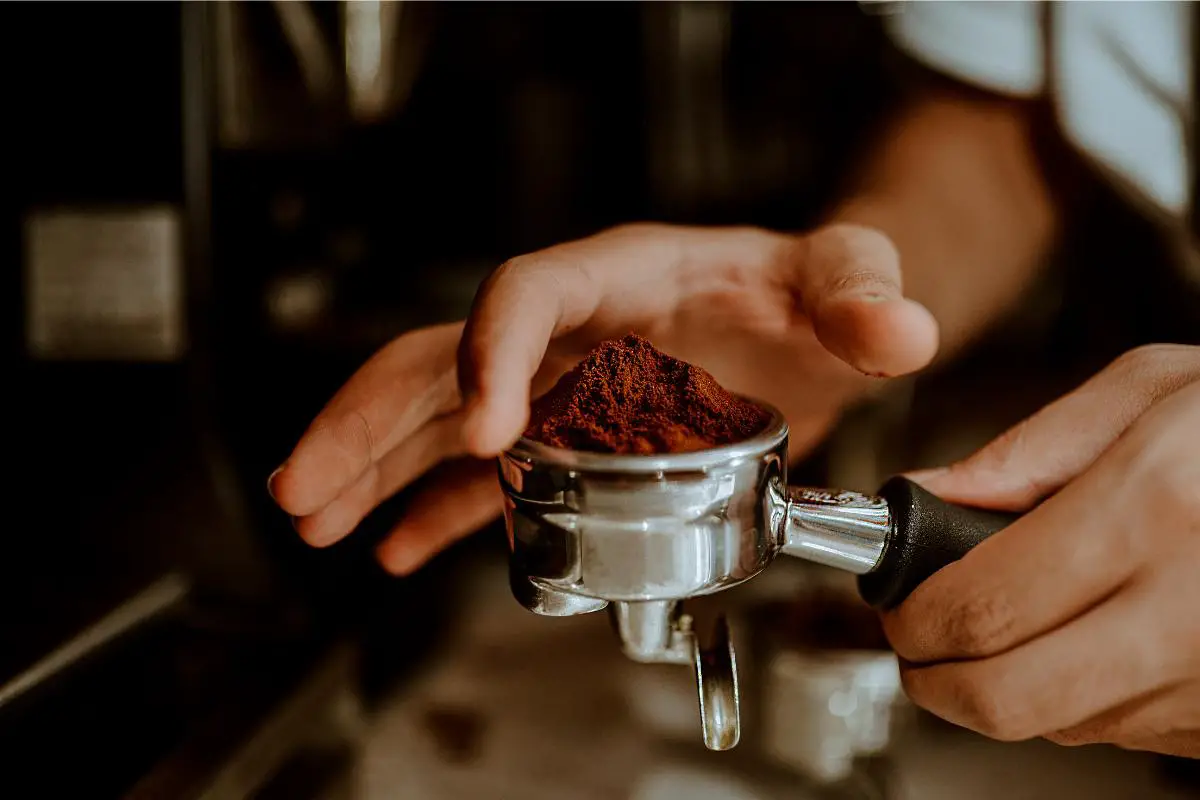Mead is an alcoholic drink that is made by fermenting honey with water, and sometimes with various fruits, spices, or hops.
Recently, mead has become popular as a coffee beverage, resulting in a delicious combination that is perfect for coffee lovers who want to explore new drinks.
What is coffee mead? Coffee mead is a variation of traditional mead that is made by adding coffee or espresso to the brewing process, which gives the drink a unique flavour and aroma that coffee lovers will adore.
Coffee mead is smooth, flavourful and slightly sweet, and if you are looking for a unique beverage to try, give coffee mead a go.
Now, let’s find out in more detail what coffee mead is, and go through the steps for making your own fantastic coffee mead.
Table of Contents
What Is Coffee Mead?
Mead is a type of wine in which the fermentable elements are derived from honey rather than grapes and has been around for thousands of years, and therefore, coffee mead is simply honey wine with coffee beans added to it.
The coffee releases flavours that are complementary to the yeast’s flavour profile, and can really make a delicious beverage.
There are a variety of methods out there to infuse your coffee into mead, but the use of cold brew or adding whole bean coffee directly to the fermenter, results in the best better coffee flavour.

In order to make mead, you’ll need at least three ingredients: Yeast, honey, and water, everything else is frosting on the cake, and it adds to the mead’s flexibility.
What Are The Benefits of Coffee Mead?
The variability of mead is one of the many benefits and why it is such an intriguing beverage.
Coffee meads can be sweet or dry, dark or light, made entirely of honey or with a variety of other ingredients.
It can also be carbonated with low in alcohol, or high in alcohol and still.
This beverage can be served ice cold in the summer and warm in the winter like regular mead.
Coffee mead combines the caffeine kick of coffee with the antioxidant richness of honey.
How Can Mead Be Made?
Mead, like any alcoholic beverage, begins with digestion.
To dilute the viscous liquid, honey is mixed with water, and yeast transforms the sugars in the honey into alcohol.
When the main fermentation is finished, the mead is transferred to another fermentation tank for further clarification.
Mead, like a vine, appears simple, yet it can be immensely complicated.
Honey, like wine grapes, has a broad diversity of flavour qualities based on the type of flower pollen utilised.
So although the term “honey wine” conjures up images of sweetness, mead may be produced in a variety of styles, ranging from dry to semi-sweet to effervescent.
Mead is more like wine than beer in terms of alcohol concentration, ranging from eight to twenty percent ABV.
Meads, like fine wines, can also be aged for several years to produce additional levels of richness.
What Are The Different Types of Mead?
- Acerglyn Mead
- Black Mead
- Payment Mead
- Metheglin Mead
- Cyser Mead
- Rhodomel Mead
- Capsicumel Mead
- Bochet Mead
- Bochetomel Mead
- Braggot Mead
- Morat Mead
- Coffee Mead
- Show Meads
- Oxymel Mead
- Long Mead

How To Make Coffee Mead?
Ingredients:
- 15 lbs. Trader Joe’s Mesquite honey (they used to offer it in 3-pound cans, but I haven’t seen them in a long time, nonetheless, Mesquite honey is my preferred honey for this mead).
- 5 gallons of natural spring water.
- An entire package of Rooibos tea bags (you could use the equivalent weight of loose-leaf but put it in a tight-mesh bag). I guess I put half in for primary and half in for secondary, or something like that. It’s worth experimenting with different quantities.
- On secondary, 6 bottles of La Colombe Cold-Brew coffee (or your favourite cold-brew coffee).
- 1 vanilla bean, entire, on secondary
- Raisins and yeast nutrients
- Wine or mead yeast (I believe I used Lalvin EC-1118, but I don’t have it written down anywhere in my notes)
Equipment
- Sanitiser
- Fermenter
- Airlock and stopper
- Sous vide circulator (optional, to warm honey)
Instructions
- Warm the honey according to your favourite way to make it simpler to pour (try to keep it below 95°F (35°C)).
- 10 – 12 lbs. honey (depending on whether you bought it in 3- or 5-pound intervals), spring water, yeast nutrient, and (optionally) half of the rooibos bags, pitch your preferred yeast.
- Replace the airlock with a blow-off tube (optional, but often worth it). Once fermentation has slowed, you can replace this with a standard airlock if desired.
- Wait a week for primary fermentation to halt before adding the remaining honey.
- Once fermentation has slowed sufficiently (maybe another 2–3 weeks), pour mead over remaining rooibos bags and vanilla bean.
- Cold-brew coffee can be added at this stage as well, or just before bottling.
What is the Difference Between Mead Vine and Beer?
Mead is a direct ancestor of beer, both more so than wine, are brewed and fermented in a similar manner.
Mead, like wine and beer, has its own category, however, due to its regularity and habits, it is more related to beer than wine.
Unlike wine, excellent mead is meant to be fairly stable from season to season, as opposed to wine, which varies drastically by vintage.
Beer and mead (as well as cider) are brewed and fermented at their core, unlike wine, which does not go through a brewing procedure.
Mead, on the other hand, is quite inexpensive and easily accessible to the common individual, such as beer!
A decent mead will cost between $20 and $30, the majority of the cost is due to the high cost of honey as it’s a volatile agricultural crop that isn’t as widely available as, for example, hops.
We also like the lack of additives in mead, as some wine drinkers are sensitive to the sulfites added to the wine, which defeats the purpose of consuming something merely for enjoyment.
Craft beer and mead are often quite natural, created with organic ingredients, in the same way, every time.
You should understand what you’re drinking, how it was made, and what you may expect.
This is one of the reasons we keep our ingredient list short and basic, using easy-to-pronounce phrases.
There are no unusual or improvised components.
What is Coffee Mead F.A.Q’s

A. If you do not want the hassle of finding and grinding beans up, go with instant coffee.
The flavour will be muted though, so if you go this route i recommend adding spices to your mead at the same time.
A. A good rule- if you add 1 teaspoon of yeast nutrient/energiser, you can safely ferment it for 3 weeks in primary and secondary fermentation.
A. It’s difficult to answer with precision because all coffee beans vary in size and extraction rate, the only way to know if you added enough is by tasting and smelling your mead as you go.
A. If you are on a budget, you can make do with the equipment that will come to a total cost of less than $100.
Conclusion: what is coffee mead?
So now that you know what is coffee mead (and how to make it), I highly recommend trying this out for yourself.
Coffee mead has become increasingly popular as there are many variants of it making it more interesting to people with different tastes.
You can experiment with different coffees, teas and spices to make your own coffee mead.
The benefits are many; it’s tasty, quick to ferment, and you can pretty much do it anywhere.
If you enjoyed this article, read more like this by checking out our Specialty Coffee Beginners Guides.
About the Author
Debbie, has been working with clients for over 6 years providing copywriting, editing, proofreading, rewriting, coaching, and content marketing services.
You can view Debbie’s full portfolio here.




